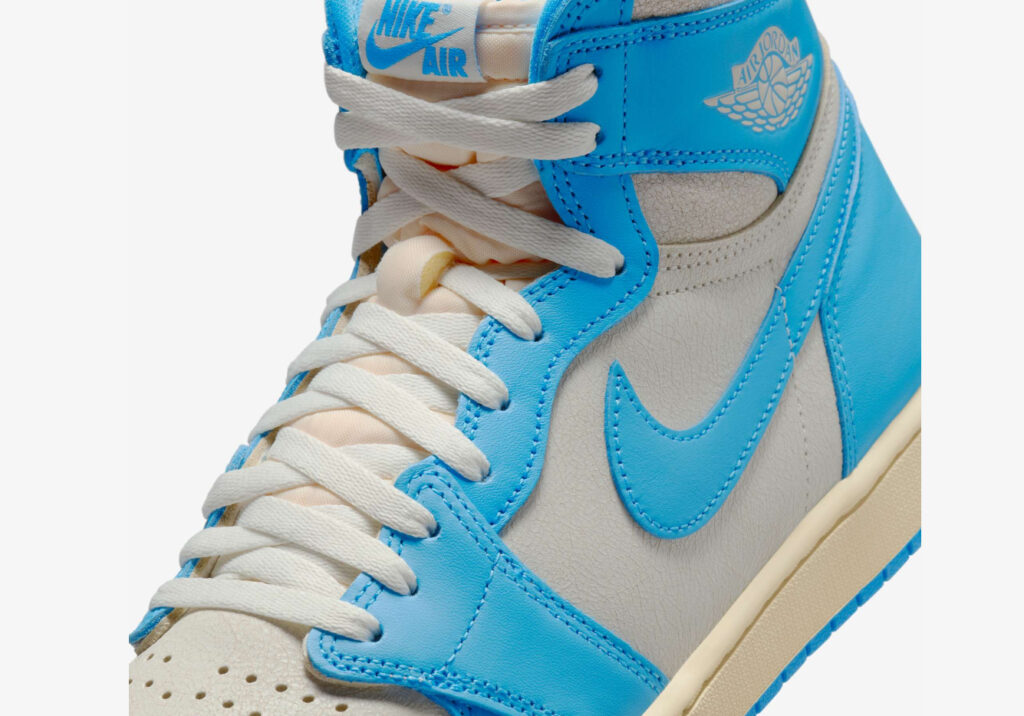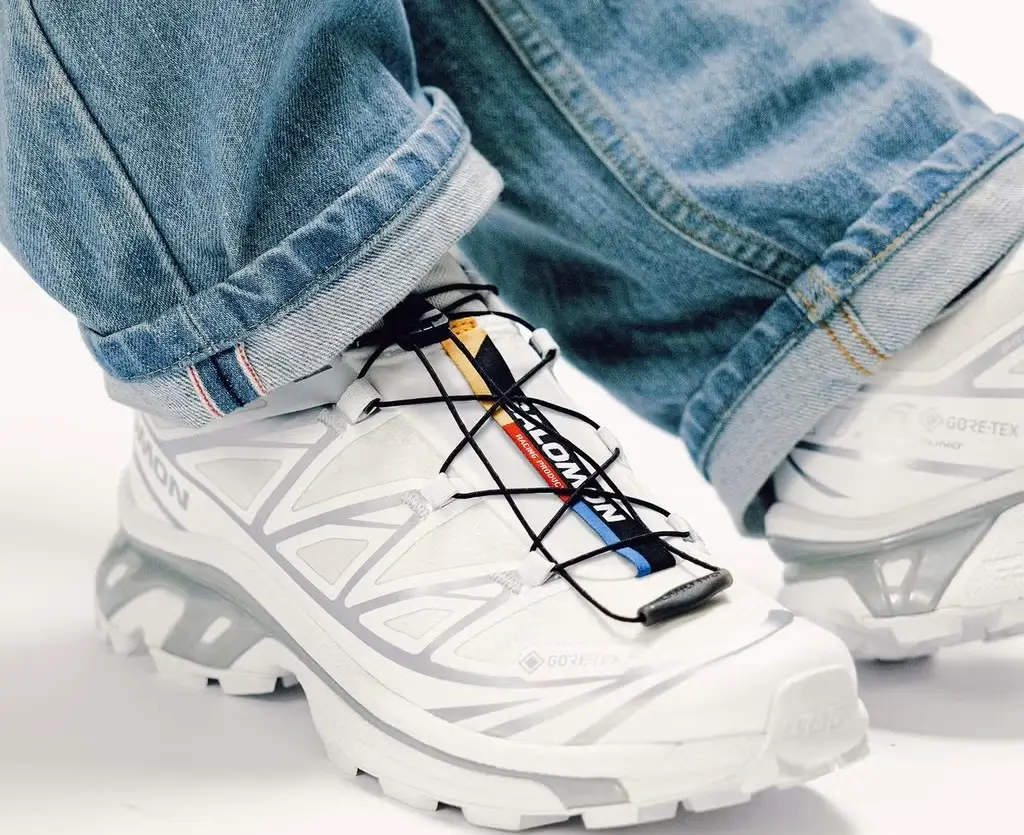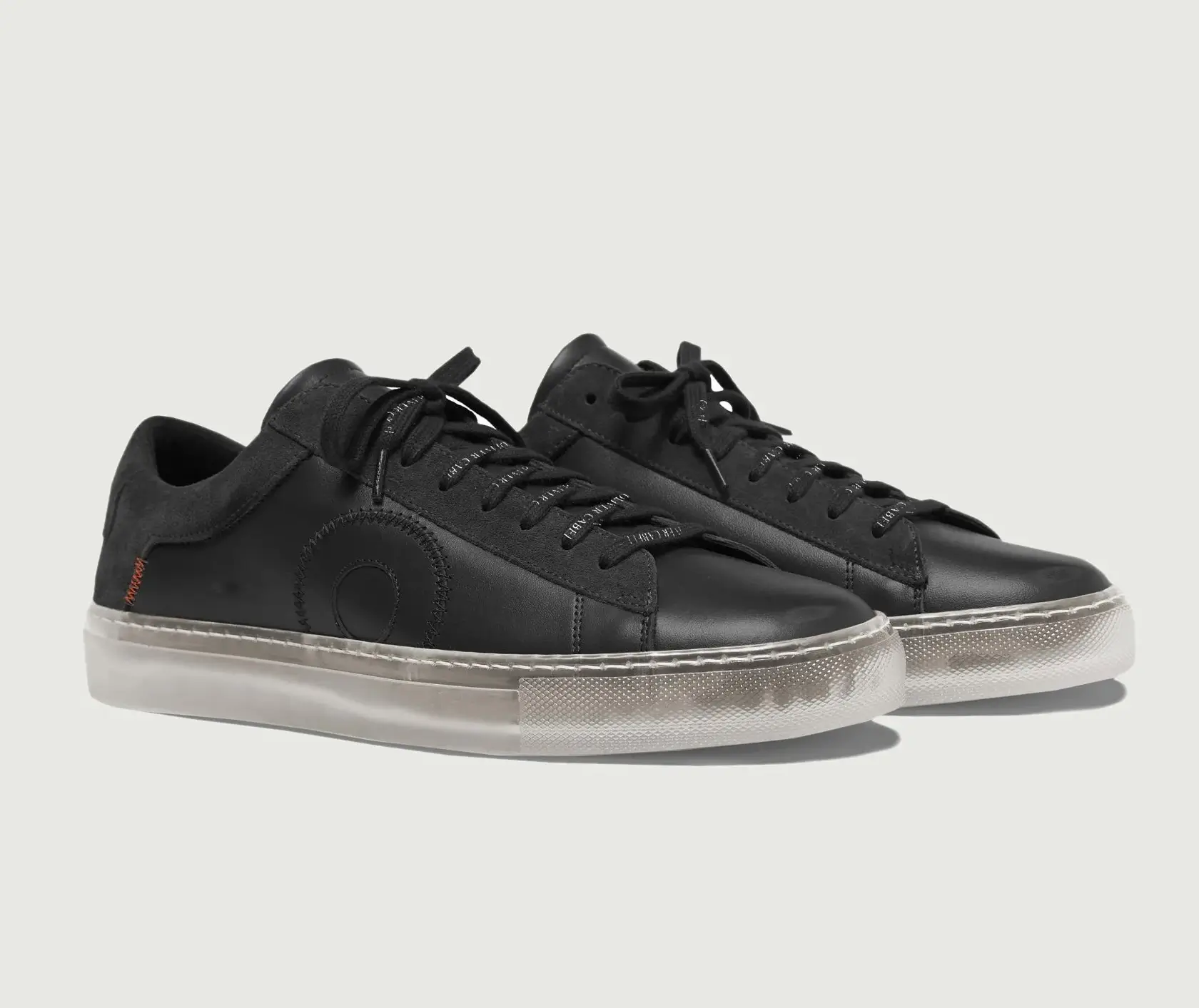There are shoes. And then there’s the Air Jordan 1. Specifically, the Nike Air Jordan 1 Retro High OG—a shoe that doesn’t just occupy space in closets or display cases, but in the cultural imagination. Released and re-released, mythologized, customized, and immortalized, this shoe is not simply a product—it’s a story. And it keeps rewriting itself.
First released in 1985, the Air Jordan 1 was designed by Peter Moore as Michael Jordan’s debut shoe with Nike. It arrived in an era where basketball shoes were still mostly utilitarian and conservative. The AJ1 broke the rules—in color, construction, and concept. The original “Bred” colorway (black and red), famously banned by the NBA for violating uniform codes, helped spark the rebellious energy that would define Jordan Brand and sneaker culture for decades to come.
That narrative—the league’s $5,000-per-game fine, Nike’s willingness to pay it, and the explosive popularity that followed—helped transform the Jordan 1 into legend.
But it wasn’t just hype. It was design. The high-top silhouette, the crisp leather paneling, the bold Swoosh on the sides—it all added up to something that felt new. Athletic, yes. But also stylish, confident, wearable. The shoe wasn’t just built to perform; it was built to be seen. The Air Jordan 1 Retro High OG keeps all that intact. It’s the closest thing you can get to the original, both in form and philosophy.
What defines the “OG” designation is fidelity to that 1985 version. That means the Nike Air branding on the tongue instead of the Jumpman. A higher cut around the ankle. Traditional leather materials. It’s not just nostalgia—it’s respect for the design’s original integrity. Nike knows how to update a classic without diluting its soul. The Retro High OG isn’t a reinvention. It’s a preservation.
Visually, the shoe’s proportions are part of its timelessness. There’s a balance to the way the panels stack—the toe box, eyelets, heel tab, collar. Each part feels connected to the next, creating a unified whole that suits any number of colorways. Whether it’s a heritage drop like “Chicago” or a modern iteration like “University Blue,” the Jordan 1 has the uncanny ability to make every colorway feel iconic. That’s no small feat.
The materials matter, too. Premium leather uppers—sometimes with suede or nubuck variants—give the shoe its tactile appeal. It’s a sneaker that feels as good in-hand as it looks on-foot. Over time, the leather creases, softens, and develops character. Unlike synthetic-heavy modern models, the Jordan 1 wears in—not out. That kind of longevity has made it a favorite not just for wearers, but for collectors.
Still, what truly elevates the Jordan 1 Retro High OG is its cultural reach. It’s the only sneaker that can comfortably exist in the wardrobes of athletes, artists, CEOs, and teenagers. Skateboarders adopted it for its grip and ankle support. Hip-hop made it a status symbol. High fashion embraced it on the runway. And resellers turned it into a thriving market. The Jordan 1 doesn’t belong to any one subculture—it transcends them all.
Even as sneaker technology has evolved—Zoom units, Flyknit uppers, carbon plates—the Jordan 1 remains immune to obsolescence. It doesn’t compete with innovation; it bypasses it. No one buys a Retro High OG for its cushioning. They buy it for its presence. Its shape. Its story. It’s not the most advanced sneaker on the market, but it might be the most important.
In many ways, the Jordan 1 represents a rare equilibrium in the sneaker world: heritage without compromise, hype without burnout, performance roots without losing streetwear edge. It walks the line—literally and metaphorically—between court and culture, then and now.
The packaging, too, reflects the respect Nike shows for this model. The OG box, with its black and red branding, evokes the original release. The unboxing is part of the ritual. For collectors, every detail counts. For newcomers, it’s an initiation. The Jordan 1 is often the first “real” sneaker someone buys—the gateway model. It sets the tone.
It’s also a shape-shifter. You’ll see it with wide-leg jeans, shorts, joggers, dresses, suits. It’s a high-top that never feels bulky. A vintage silhouette that still feels modern. A basketball shoe that’s become a cultural chameleon. And part of its success lies in its contradictions. It’s sporty and sleek. Accessible and aspirational. Classic and fresh. Few shoes carry that duality as naturally as the Jordan 1.
The Jordan 1 Retro High OG also continues to evolve through collaborations. From Travis Scott’s backward Swoosh to Virgil Abloh’s deconstructed take with Off-White, artists and designers have used the AJ1 as a creative platform. But even these high-profile collabs, with all their scarcity and resale heat, only reinforce the strength of the original. Strip away the extras, and the base shoe still holds.
In a cultural moment obsessed with novelty, the Jordan 1 remains a case for refinement. It proves that good design doesn’t age—it adapts. That authenticity doesn’t need reinvention—it needs recognition. And that storytelling, when done well, can last for generations.
Michael Jordan wore the 1s before he became Jordan. And yet, here we are—decades later—still wearing that same silhouette. Still finding new ways to style it, remix it, and revere it. The Air Jordan 1 Retro High OG is more than footwear. It’s memory. It’s movement. It’s myth, made wearable.
No comments yet.









